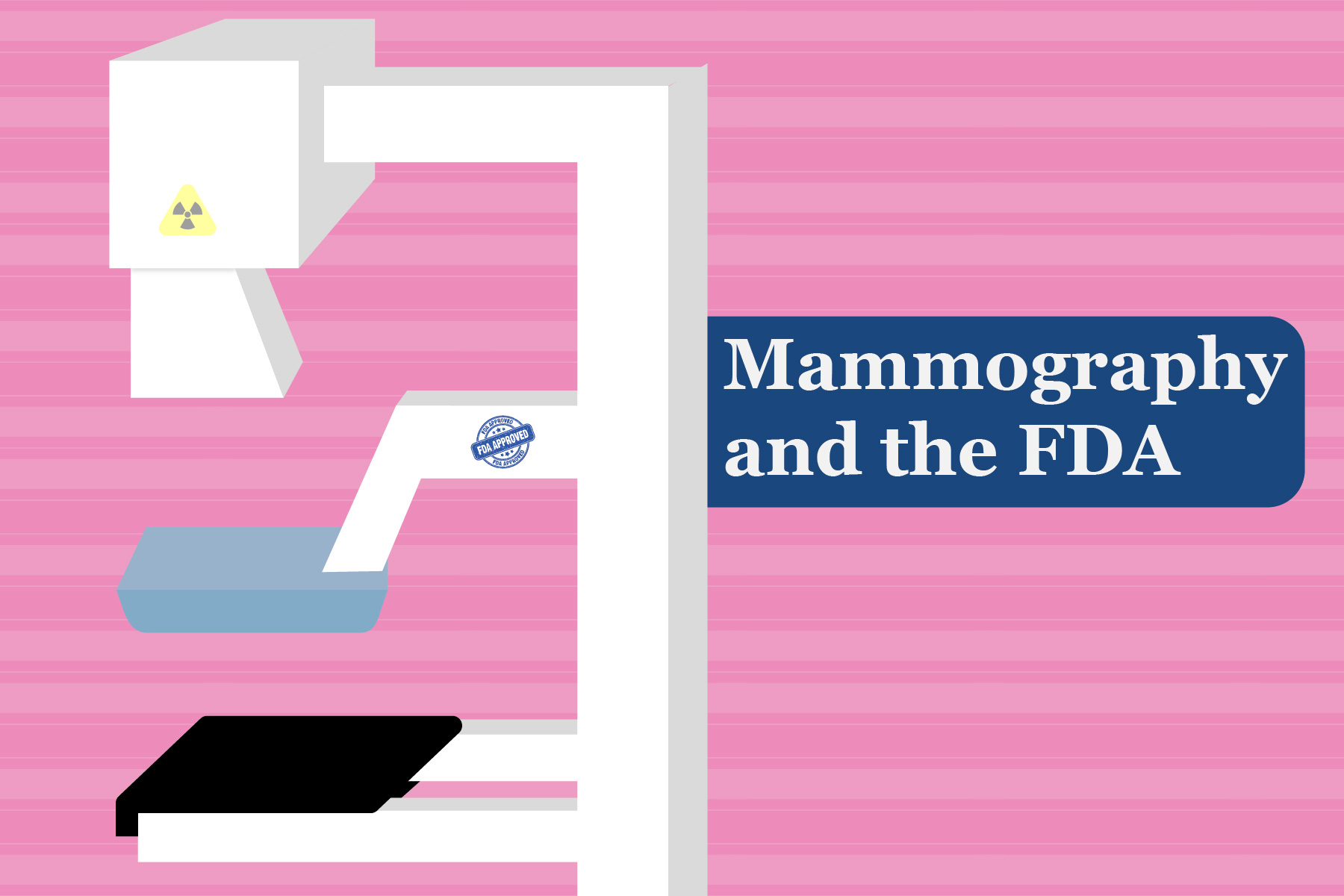If you have ever wondered exactly what role the FDA has in mammography and breast cancer screening, you are not alone. How the FDA regulates technology such as this can get complicated easily when you consider all the different aspects of it that require regulation. These requirements fall into three categories: the machine itself, the facilities where mammography is available, and the training for the technicians performing the mammograms.
The regulation of the machine is relatively straightforward, it gets regulated in the same way that any medical device would. Specifically, mammography machines are considered class II devices and must follow the standard 510(k) pathways to market (unless if a novel technology is being introduced).
How the facility and the training of technicians are regulated gets a little more complicated. In 1992, congress enacted the Mammography Quality Standards Act (MQSA), with the intent of allowing access to breast cancer screening for all women through mammography. This act requires that all facilities performing mammography be FDA certified and that they all receive annual FDA inspections, in which the FDA checks the equipment of the facility, the staff training qualifications, and the facilities’ quality control records.
Due to the many technological developments that have taken place since the enactment of the MQSA in 1992, the FDA is working on creating more guidelines around mammography. These new guidelines include requirements for:
- All facilities to provide patients receiving mammograms with information about their breast density (whether a person has high or low breast density can impact the quality of their mammogram, their risk for developing breast cancer, and the type of mammogram they require going forward)
- All trained staff to encourage patients to speak with their health care providers about their mammogram results, their breast density, and their risk factors for breast cancer
The hope behind getting these new guidelines implemented is for anyone at risk for developing breast cancer to be able to make more informed decisions and have more open conversations with their health care providers. As the general population becomes more informed about healthcare topics, it is becoming increasingly important to have an open line of communication between the patient, the healthcare provider, the lab technicians, and the developers and manufacturers of medical devices. Luckily, the FDA is continuing to create guidelines that help keep these lines of communication open, not only for mammography but also for all medical devices and pharmaceuticals.1
If you are a healthcare facility looking to become MQSA certified, if you are a manufacturer of mammography machines, or if you are working on developing a new mammography system, our regulatory experts at EMMA International can help ensure that you are complying with all relevant regulations. Contact us at 248-987-4497 or info@emmainternational.com for additional information.
1FDA. (2019, Mary 27). Mammography: What You Need to Know. Consumer Updates. Retrieved November 23, 2020, from https://www.fda.gov/consumers/consumer-updates/mammography-what-you-need-know





